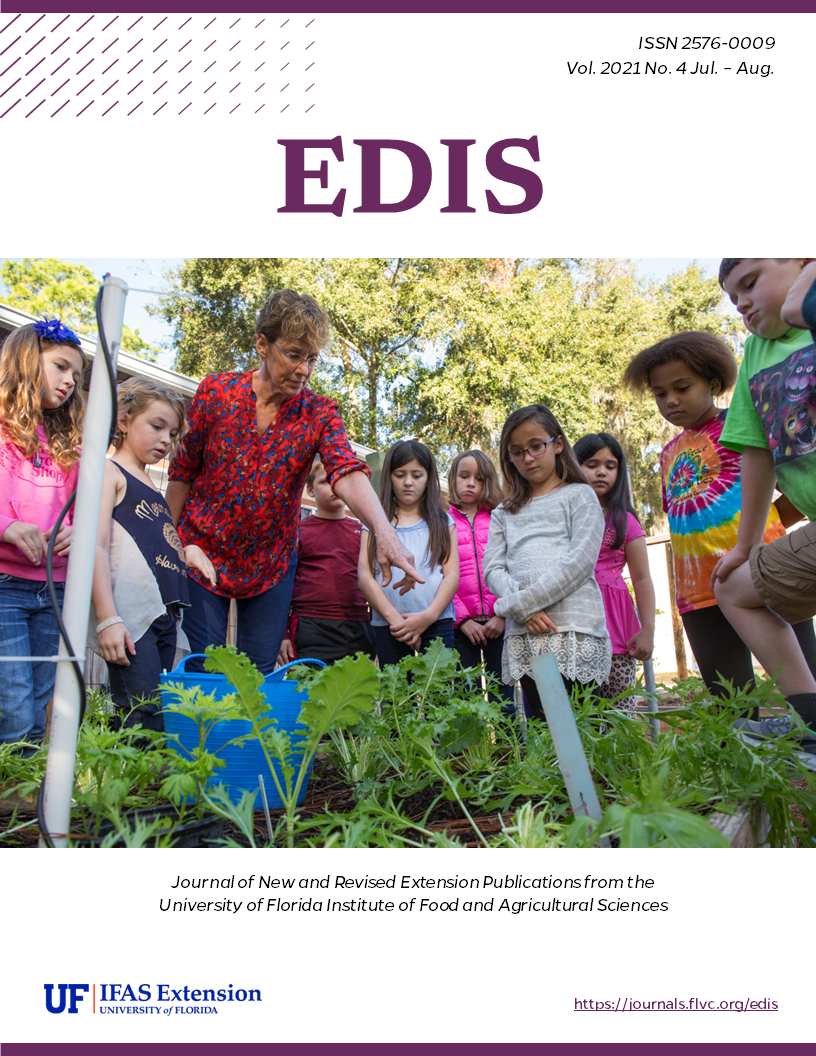Abstract
Because of the rapidly growing craft beer industry and rising hop prices, the potential of hops as an alternative crop is currently being investigated at the UF/IFAS GCREC. Proper installation of twines is critical to facilitate easier crop management and harvesting. This new article by explains how to install twines on a 18-ft hop trellis. It is part of a series that reviews the challenges of hop production in Florida. Written by Shinsuke Agehara and Christopher DelCastillo; 3 pp.
https://edis.ifas.ufl.edu/hs1418
References
Agehara, S., A. Acosta-Rangel, Z. Deng, J. Rechcigl, and S. Bollin. 2020. “Hop Yard Establishment and Trellis Construction in Florida.” EDIS 2020 (1): 7. https://doi.org/10.32473/edis-hs1354-2020
Agehara, S., M. Gallardo, A. Acosta-Rangel, Z. Deng, J. Rechcigl, T. Luo, and Q. Qiu. 2021. “Crop Management Practices and Labor Inputs for Hop Production in Florida.” EDIS 2021 (2). https://doi.org/10.32473/edis-hs1409-2021
Neve, R. A. 1991. Hops. Berlin: Springer Science & Business Media. https://doi.org/10.1007/978-94-011-3106-3
Sirrine, R. 2014. “Growing Hops.” Michigan State University Extension. E3210.
The University of Vermont. 2019. “Stringing and Training Hops.” Accessed February 27, 2021. https://blog.uvm.edu/hoppenin/2019/05/23/stringing-and-training-hops/

